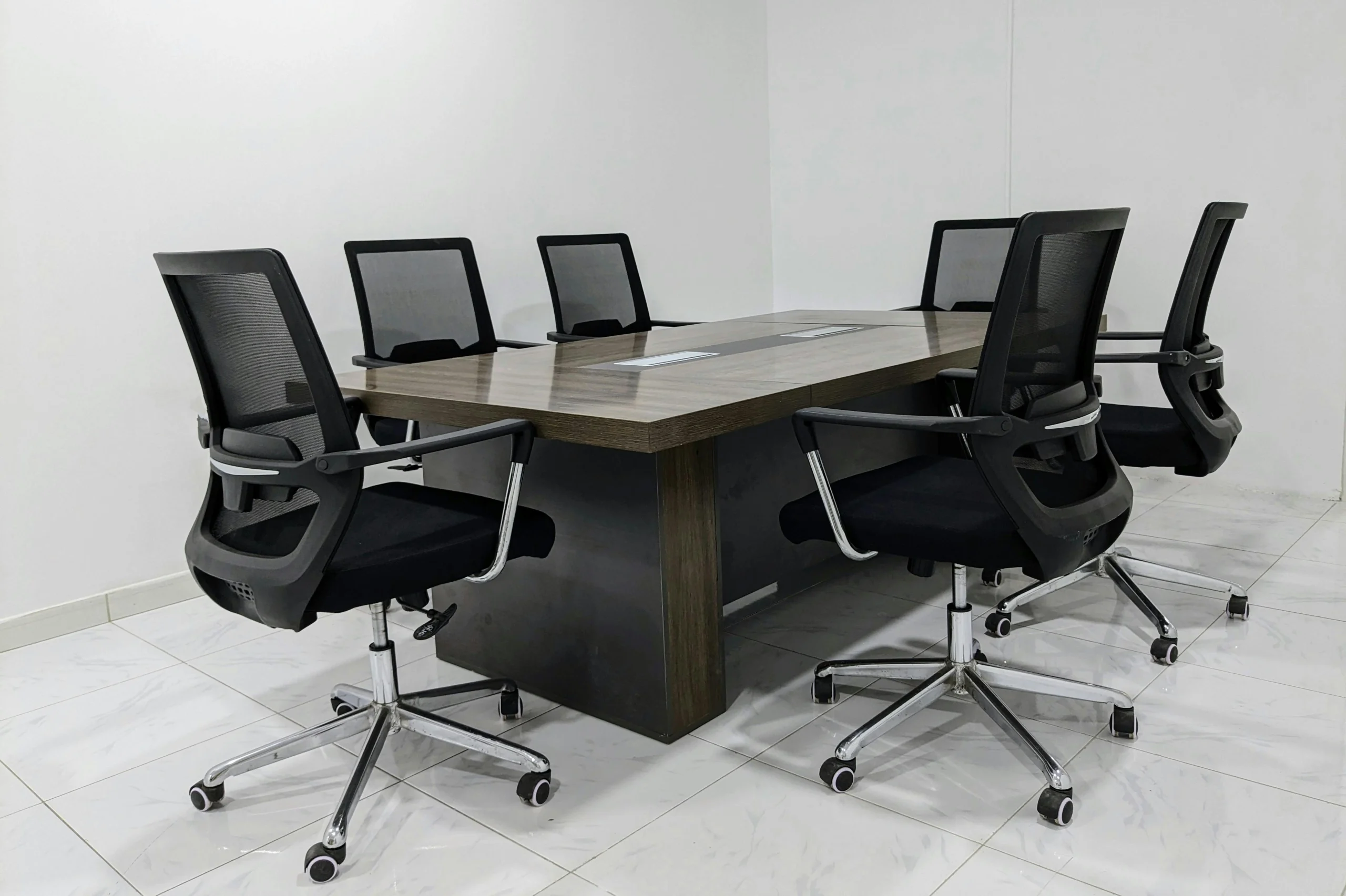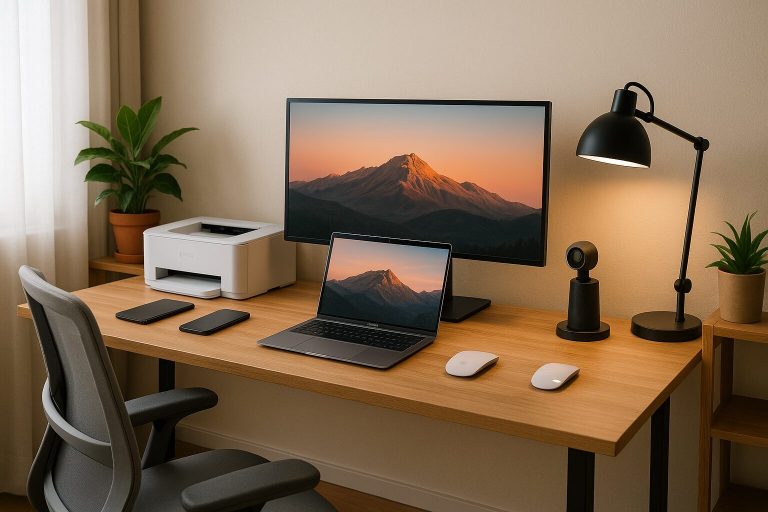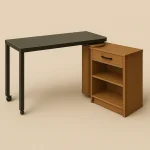Let’s be real: shop and choose best office chairs feels way harder than it should be.
You type “ergonomic chair” into Google and suddenly you’re in a sea of mesh backs, adjustable this-and-that, and prices that range from $60 to “uhh, should I take out a loan for complete my home office?”
So how to choose office chairs that helps your body — and doesn’t become another regret in your home office?
Choosing office chairs comes down to comfort, support, and adjustability, not just look fancy.
Adjustability Over Fancy Designs
Let’s forget about how the chair looks for a sec — what really matters is how it supports you while you work. You don’t want a chair that keeps you locked in one stiff position. The basics? Your feet should land flat on the floor, the armrests should move with you, and the backrest needs to adjust when you shift around (because honestly, who sits perfectly upright all day?).
A chair loaded with features sounds great, but if it can’t flex with how you actually sit. Same goes for style — it’s nice, but it shouldn’t come before comfort.
Flexible lumbar support is a necessity
You’ve probably noticed that little bump on the lower back of a lot of office chairs — that’s the lumbar support. These days, almost every chair has one, but the real question is: does it actually help, or just get in the way when you move around? That’s why adjustable lumbar support matters. Look for a chair where you can move the lumbar section up or down, or in and out — not one that’s stuck in a one-size-fits-all shape. Quick tip: if you find yourself sliding forward just to sit up straight, that support isn’t doing its job.
Goldilocks Rule: Get the Seat Depth Right
Seat depth is one of those things you don’t think about — until it’s all wrong. Either your chair’s cutting off circulation behind your knees, or you’re sliding around like you’re on a slippery cafeteria bench. What you want is simple: when you sit all the way back, there should be a small gap — about 2–3 fingers — between the seat edge and the backs of your knees. That sweet spot keeps your legs comfy and your blood flowing like it should.
Armrests That Actually Do Their Job
Armrests can make or break your setup. Too low and they’re basically decoration, too high and your shoulders are doing all the work.
What you really want is armrests that let your arms rest naturally — no reaching up, no awkward drooping. And if they slide side to side? That’s a win. It makes adjusting to your desk way easier and helps keep everything in line.
Don’t Ignore the Materials
Mesh? Nice and breezy. Cushioned seats? Super comfy. Leather? Sure, it looks cool — until you’re sweating through it in the middle of summer.
A few things to ask yourself:
Can I actually sit in this chair for 3 hours straight without squirming?
Is the seat gonna stay firm, or is it gonna turn into a pancake after a month?
Does the material breathe, or will I end up stuck to it like a vinyl car seat in July?
What you want is that perfect balance — firm enough to keep you supported, soft enough that you’re not shifting around every ten minutes.
Extras That Actually Make a Difference
Some chairs throw in features just to sound fancy — but there are a few add-ons that are worth it. A headrest for when you lean back, smooth-rolling wheels (because no one wants to wrestle with their chair), and a stable base that doesn’t feel like it’s about to tip over. Even stuff like the tilt mechanism matters — if it jerks instead of glides, you’re not gonna use it. The goal? when choose office chairs, Find extras that make your life easier, not just look good in the product photos.
Read the Real Talk
You never really know how a chair feels until you sit in it for a few hours. If you can, test it out in person — even if you plan to buy it online later. No test drive? Then make sure there’s a solid return policy. At the very least, dig into real reviews — not just the star rating, but the comments from people who’ve actually used it day in and day out. Look for mentions of comfort over time, build quality, and whether that “ergonomic” label actually means anything. Better safe than stuck with a chair you regret.
Looking to upgrade more than just your chair? Dive into our latest finds in smart living







